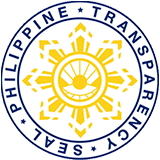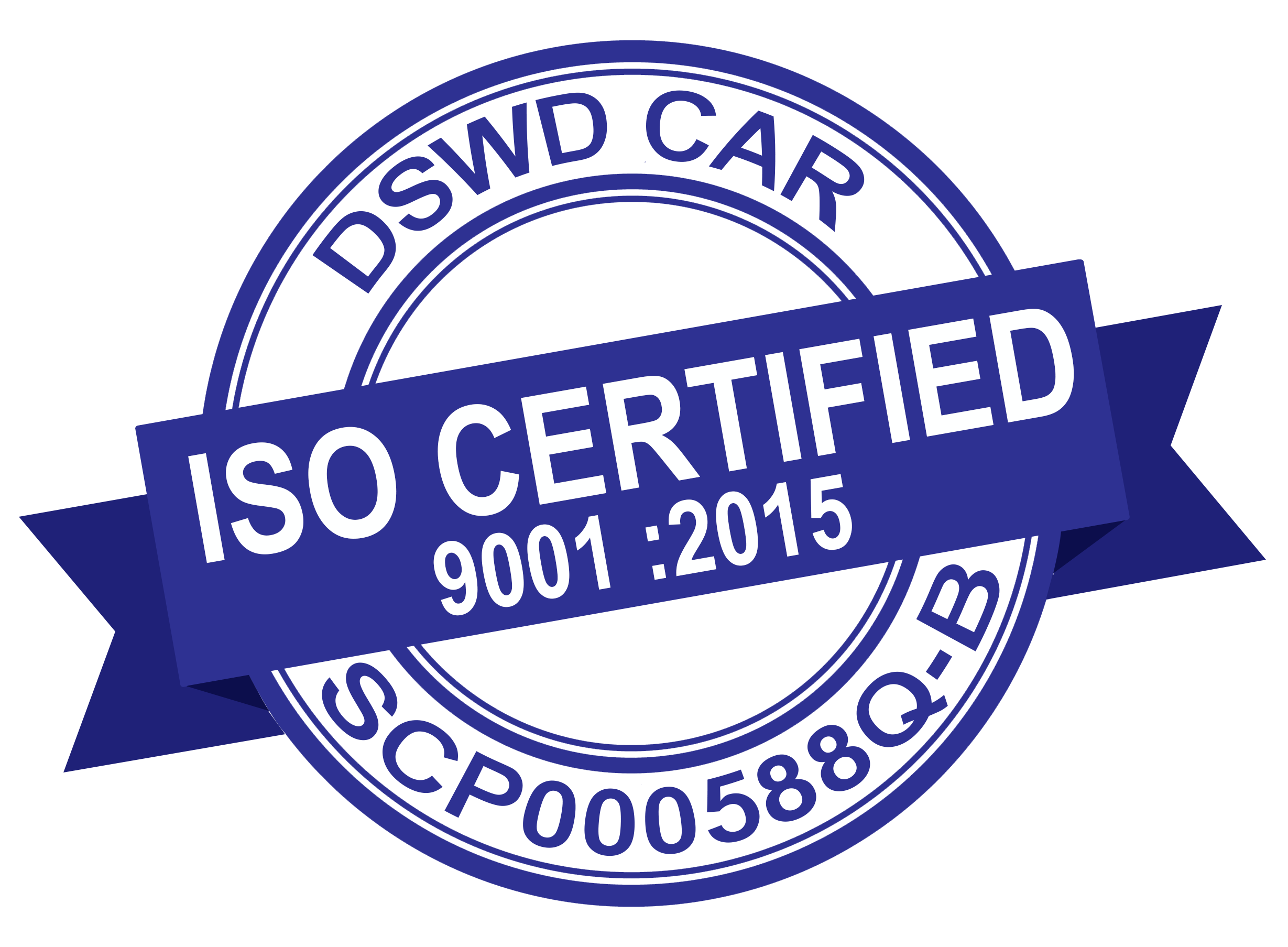In the landlocked municipality of Besao in Mountain Province, the mountain ranges have kept culture and traditions intact for centuries until the introduction of concrete roads and large scale infrastructure.
Dominantly inhabited by members of the Kankana-ey ethno-linguistic tribe, the town is accessible by road by passing through the municipalities of Sabangan and Sagada.
As physical developments paved way for the rural folks to gain easier access to needs and commodities, some cultural practices and values started to wane.
Even the traditional community structure was affected by the changes prompting the elders, revered the wise magi of the community, to resonate objections.
However, as it has done for years, Besao endured such drastic transformation and adapted its own ways to weave back its waning culture and traditions onto its ongoing industrial modernization.
Cultural Revival
“The coming of projects and programs before, be it government or not, shattered some of the cultural practices once shared by communities,” Modesto Gaab, Besao Municipal Project Development Coordinator, said.
In particular, Gaab mentioned the vanishing practice of the “og-ogbo” and the “galatis” which are Besao’s version of the “bayanihan.” “Before, a farmer shares the labor of toiling a neighbor’s field for free then they both work on his soil after but now, people till their own land”, Gaab lamented.
Infrastructure projects such as concrete roads have created easier access for a farmland because of its proximity to road but not to the other farm.
This prompts the farmer farther away from the access road to dedicate more effort in developing his own land since it is not easily accessible.
“This resulted to a demand for paid labor which fostered the need to compensate efforts thus weaning the “og-ogbo” and “galatis” practices”, Gaab said.
However, the entry of the Kapit-bisig Laban sa Kahirapan-Comprehensive and Integrated Delivery of Social Services (Kalahi-CIDSS) spun a revitalization of these practices through its Community Enhancement Activity Cycle (CEAC), its main tool in implementation.
“The program is unlike others that came. It revived our bayanihan system because in the process we needed to work together for a common cause, for our community, without any payment,” Gaab explained.
Launched in Besao in 2010, the Kalahi-CIDSS fosters local empowerment through community volunteerism which is considered the main project of the program.
Gaab said it was not easy at first but people got caught up in the process and soon sub-projects were being constructed through community efforts.
People who were not able to render free labor because of their busy schedule willingly shelled out certain amounts for meals or snacks while others simply donated in kind, he added.
Besao garnered back-to-back awards as the Best Sub-Project Implementer in 2011 and 2012. “It is very gratifying to see people volunteering to come work together to finish a project or a task like in the olden days,” Besao Mayor Wellington Pooten expressed.
Because of this positive effect, he further said they have adopted the CEAC in the implementation of other non-Kalahi-CIDSS program including barangay projects. “Insubli na di mayat ay ugali ed nabaon (It brought back good practices from the past),” Pooten said referring to the Kalahi-CIDSS.
Cultural Transformation
As a community deeply rooted in indigenous traditions, the elders have a respected status in the society and are looked onto as the “decision makers”.
“The council of elders would decide for the community since their decisions are accepted as the best for the community because of their vast experiences,” Pooten, himself a member of the council of elders in his community, explained.
However, this set-up faced change with the introduction of the Kalahi-CIDSS.
“The implementation of the Kalahi-CIDSS, through the CEAC, gave voice to the “silent majority” and those who have accepted that decisions should rest with the “opinion leaders,” according to Gaab.“The CEAC activities have provided opportunities for them to participate in the community decision-making processes,” he added.
The CEAC involves every member of the community to participate in identifying community problems and issues, as well as in giving solutions to the these. “(Because of this the) elders felt threatened because the power to decide was no longer inherent only to them,” Gaab explained.
However, the excellent results of the program forged a deeper respect on the program from the elders and eased the tension arising.“Later on, they positioned themselves on the process,” Gaab said.
Starting on the second cycle of the program, most of the elders volunteered to be part of the grievance committee.
“Their role (as grievance committee) was very appropriate because being an IP community, the role of elders in the resolution of grievances is critical,” Gaab stated. He added that a closer look at decisions made by these elders would show that their primary concern is to preserve the unity of the community.
It was, in a sense, a cultural transformation for Besao –an interweaving of an established societal norm and a beneficial change.
Change may be imminent and unpredictable but Besao will surely endure and adapt as it has done before. “Di importante para sin ipugaw (Importantly, it is for the people),” Pooten shared.
Besao is now on its fourth cycle of implementation.# DSWD-CAR, SOCIAL MARKETING UNIT, KARLSTON S. LAPNITEN




